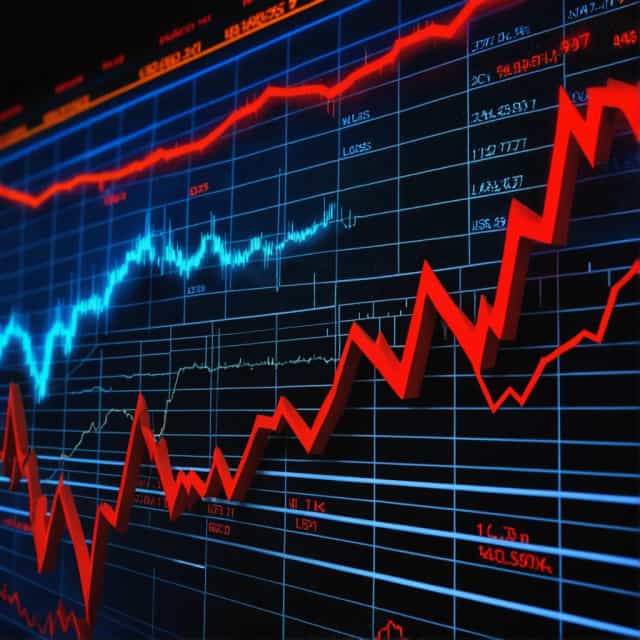
Image source: Block Media
Dollar-Won Exchange Rate Nears Critical 1,410 Level Amid Surging U.S. Economic Momentum
The dollar-to-won exchange rate has surged in overnight trading, nearing the pivotal 1,410 mark. This significant movement stems from unexpectedly strong second-quarter U.S. economic growth data, which has bolstered the dollar's strength and intensified pressures on the Korean won.
Overnight Surge in Exchange Rates
As of the morning of September 26 (Korean Standard Time), the dollar-won exchange rate closed at 1,409.30 won, marking a sharp increase of 11.80 won compared to the previous day’s closing price in Seoul’s foreign exchange market. This represents the highest level observed in nearly four months, dating back to May 13. Compared to the intraday closing price of 1,400.60 won the day prior, the rate climbed an additional 8.70 won during overnight trading.
This continued upward trajectory underscores the mounting influence of robust economic indicators out of the United States.
U.S. Economic Growth Exceeds Forecasts
Key drivers of the dollar's strength include U.S. second-quarter economic growth figures released by the Department of Commerce, which surpassed all market expectations. Final GDP data revealed an annualized growth rate of 3.8% from the prior quarter—a significant leap compared to the preliminary forecast of 3.3%. This is also the highest rate of expansion reported in two years, underscoring the resilience of the U.S. economy.
Such strong growth has energized the greenback, reflected in the U.S. Dollar Index (DXY), which measures the currency's strength against six major counterparts. The index crossed the 98 mark, further influencing exchange rate trends globally. At one point during trading, the dollar-won exchange rate briefly touched 1,411.00, as market sentiment shifted heavily in favor of the dollar.
Additionally, weekly jobless claims data from the U.S. Department of Labor added momentum. Claims came in at 218,000, which was notably below market expectations, reinforcing the narrative of sustained economic stability.
Expert Analysis: Key Implications
Bill Adams, Chief Economist at Comerica Bank, weighed in on the recent data, suggesting that it could alleviate concerns about potential vulnerabilities in the U.S. labor market. "The fears of significant weakness in the labor market are likely overstated," Adams commented, emphasizing that both the GDP data and lower-than-expected jobless claims reflect a sturdier economic landscape than anticipated.
The combination of stronger-than-expected job figures alongside elevated GDP growth is sparking optimism in U.S. markets, while simultaneously putting downward pressure on foreign currencies such as the Korean won.
Broader Exchange Rate Movements
The ripple effects of the dollar's strength are evident across other major currency pairs as well. As of 2:18 a.m. Korean Standard Time:
- Dollar-Yen Exchange Rate: 149.770 yen
- Euro-Dollar Exchange Rate: 1.16685 dollars
- Offshore Dollar-Yuan Rate: 7.1443 yuan
In Korea, the yen-won exchange rate closed at 940.65 won per 100 yen, while the yuan-won rate settled at 197.49 won. These developments underscore the extent to which global currency markets are responding to the intensified U.S. dollar momentum.
Conclusion
The dollar’s rise against the won reflects broader market trends fueled by stronger-than-anticipated growth in the U.S. economy. With critical metrics such as GDP growth and jobless claims outperforming projections, the Korean won is under mounting pressure—pushing the exchange rate to levels not seen since May. Such developments hold significant implications for global trade, currency policy, and economic strategy, making it essential to monitor how these trends evolve.
For real-time updates, follow Block Media on Google News or join their Telegram channel for breaking market developments.










